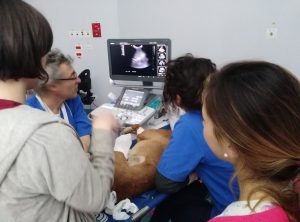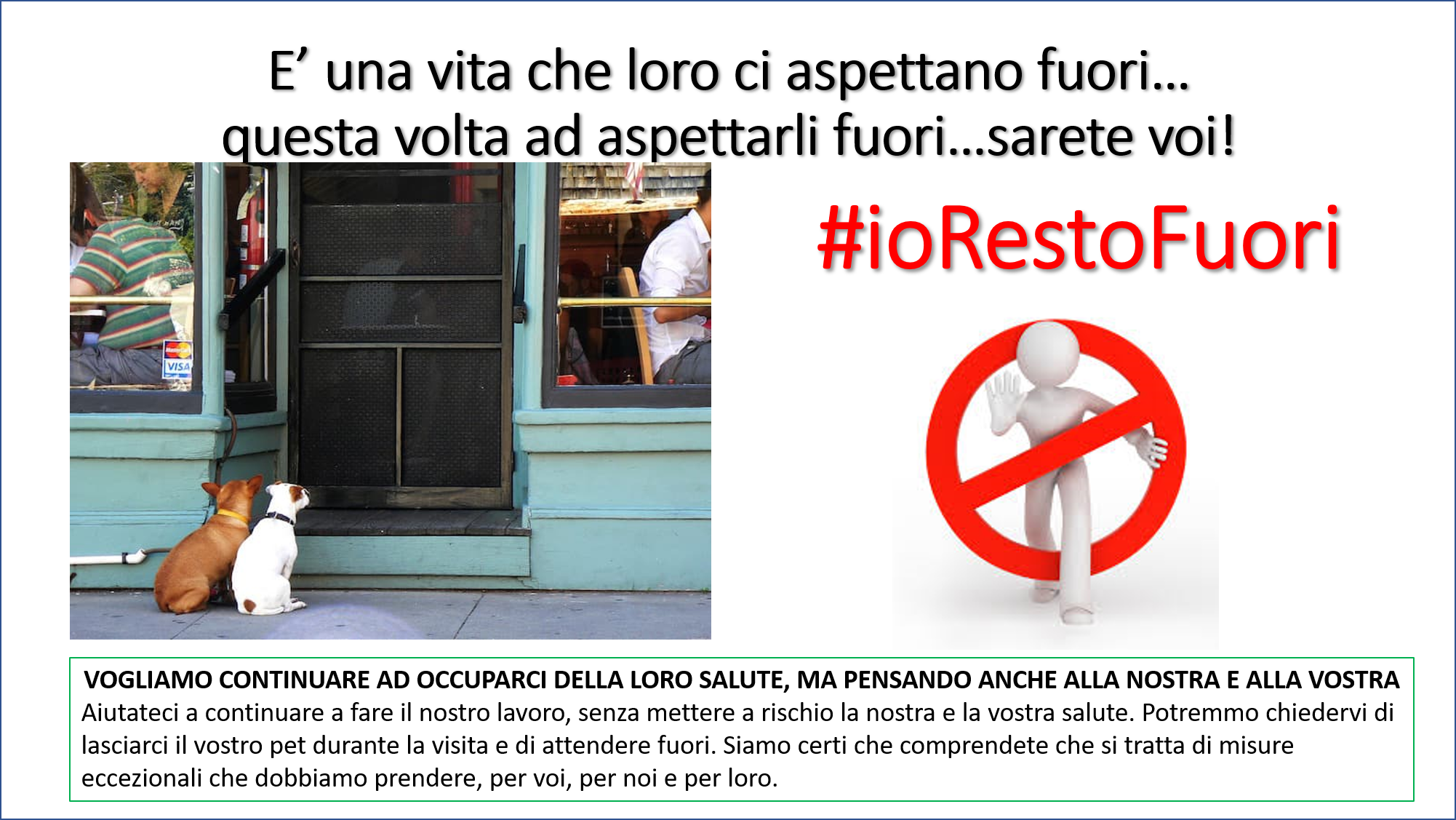Molecular characterization and drug susceptibility profile of a Mycobacterium avium subspecies avium isolate from a dog with disseminated infection
Armas F, Furlanello T, Camperio C, Trotta M, Novari G, Marianelli C.
Molecular characterization and drug susceptibility profile of a Mycobacterium avium subspecies avium isolate from a dog with disseminated infection
J Med Microbiol. 2016 Jan 12. doi: 10.1099/jmm.0.000221.
Abstract
Mycobacterium avium complex (MAC) infections have been described in many mammalian species including humans and pets. We isolated and molecularly typed the causative agent of a rare case of disseminated mycobacteriosis in a dog. We identified the pathogen as a M. avium subspecies avium by sequencing the partial genes gyrB and rpsA. Considering the zoonotic potential of this infection, and in an attempt to ensure the most effective treatment for the animal, we also determined the drug susceptibility profile of the isolate to the most common drugs used to treat MAC disease in humans. The pathogen was tested in vitro against the macrolide clarithromycin, as well as against amikacin, ciprofloxacin, rifampicin, ethambutol and linezolid by the resazurin microdilution assay. It was found to be sensitive to all tested drugs save ethambutol. Despite the fact that the pathogen was sensitive to the therapies administered, the dog’s overall clinical status worsened, and the animal died shortly after antimicrobial susceptibility results became available. Nucleotide sequencing of the embB gene, the target gene most commonly associated with ethambutol resistance, showed new missense mutations when compared to sequences available in public databases. In conclusion, we molecularly identified the MAC pathogen and determined its drug susceptibility profile in a relatively short period of time (seven days). We also characterized new genetic mutations likely to have been involved in the observed ethambutol resistance. Our results confirm the usefulness of both the gyrB and the rpsA genes as biomarkers for an accurate identification and differentiation of MAC pathogens
.






 Il Direttore Sanitario Dott. Marco Caldin
Il Direttore Sanitario Dott. Marco Caldin